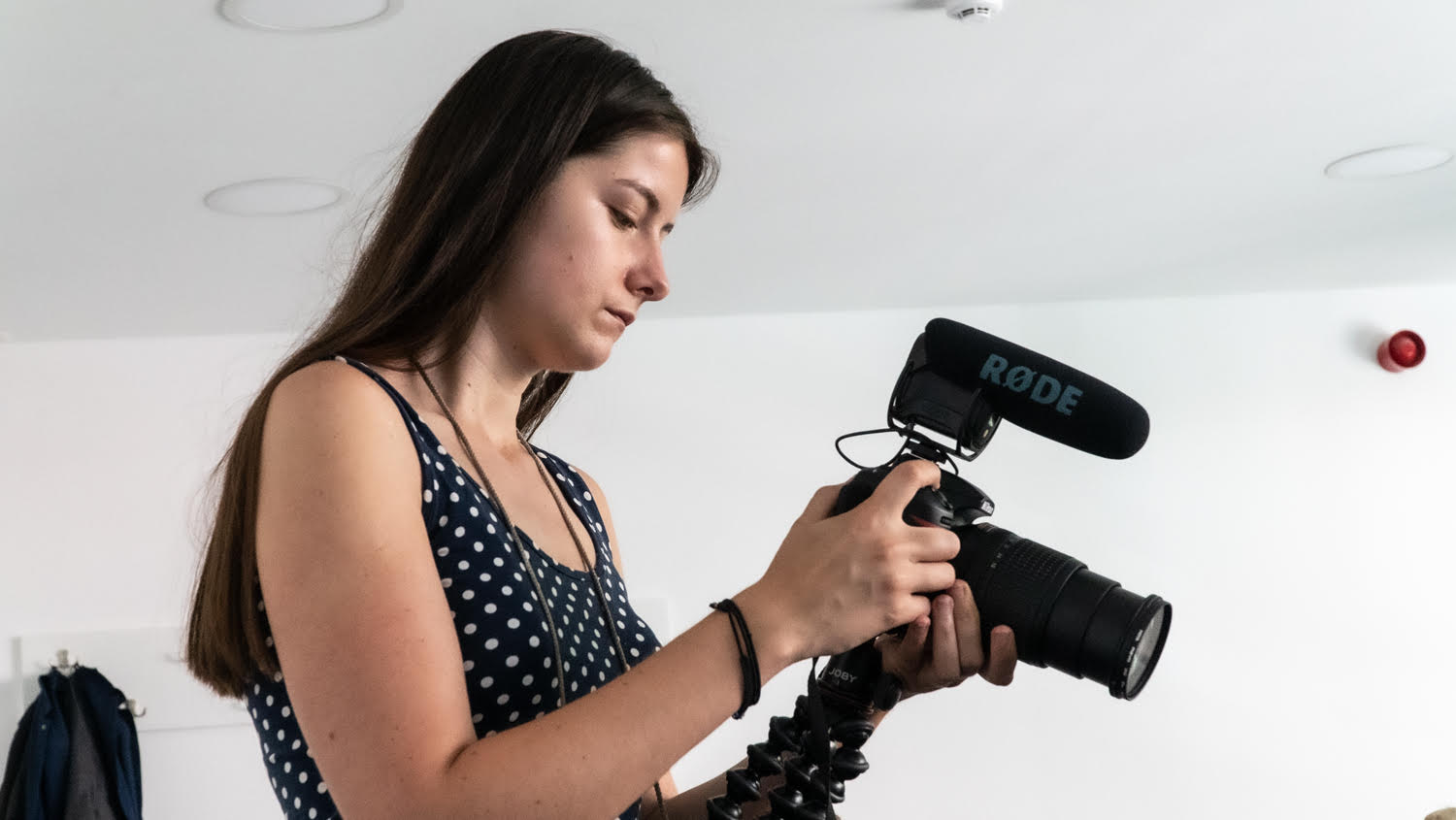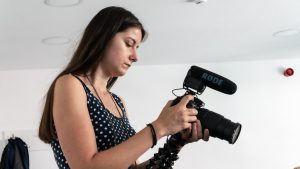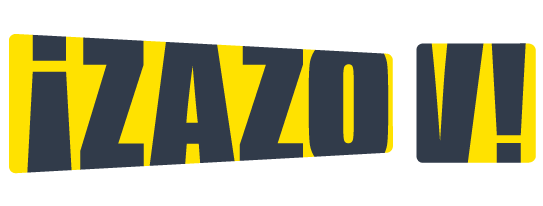
Part 1: An Introduction
Robert Golden
 •Question?
•Question?
What is the first thing you need to make documentaries?
•Answer
To my mind, one needs to maintain constant curiosity, open-mindedness, a sense of wonder and the willingness to change one’s position. Without these, you will fail, dry up, fade away, find the commitment too difficult or perhaps you will only produce lies. Ideologues usually lie, as reality rarely lives up to the truths in their dark and isolated minds.
•Question?
If indeed you have a sense of wonder, why make documentaries?
•Answer
We need to figure out how to fill the man-scented, over-sexualised, celebrity and materialist oriented Neoliberal cultural box of meaningless trivia with meaningful, hope filled, humanistic, truthful work. This is about choosing content that means something to you and hopefully to others.
•Question?
In your opinion what is there to address, what do you care about, what do others wish to or need to know?
•Answer
It is vital to take a step away from your own life in order to practice understanding it from other’s points of view. For 40 years we have been nurtured in a culture which tells us ‘I’ am more important the ‘We’, that to ‘consume’ (to destroy) is more important that to ‘produce’ (to create), and that to define who we are, we must rely on individual psychology rather than on collective history. If you cannot step away, every film you make will ultimately be about you.
•Question?
If the above is true, you must ask yourself, are you really that interesting?
•Answer
How long have you lived and through what experiences, and what have you learned and have you come to know the common ground of our shared humanity?
•Question?
What is the most important component of this?
•Answer
Truth telling, but how do you define what is true?
The 3 things you need to do are: research, learn to watch, listen and continually question your assumptions.
THE STORY OF THE HOPI CREATION MYTH AND THE ANTHROPOLOGIST
A well know Professor of Anthropology asked a young research student to go to a Hopi village to see if she could extract the tribal birth myth from an elder. She went, had a good conversation and returned to Berkley. Her Professor asked her to explain what the legend is and how it was delivered to her. When finished he asked her why she so strongly believed it was true. She exclaimed that as the elder spoke, he looked directly into her eyes for the entire time. “Ahh” said the Professor, “one of the most reliable observations we have made is that the only time a Hopi looks a person in the eyes for the duration of a story is when they are lying.”
•Question:
How does one proceed?
•Answer:
Once you know what it is you want to make a film about (content), and what at least some of the facts maybe, you need to create your high concept.
a/ write what you think is your story in 300 words and no more: at this point it is a hypothesis.
b/To refine it, reduce it 100 words and no more. In this process, you get rid of the chaff, the decorations, embellishments, all the unnecessary adverbs and
adjectives and distil the bare bones of the story; this is what you want – the skeleton.
c/Once you are content with this, reduce it to a sentence of no more than 15 words. Is this cogent, does it hold water, does it make sense?
This should now be the absolute core sentence: this is what you can say to anyone who asks: “so what are you working on?” The point is that in this process you are constantly testing to see if, in each reduction, the ideas hold together.
•Question?
What next?
•Answer
Now that you have this high concept, it is still only a hypothesis. It may turn out to be true, but it may not, and during the process of reduction you may have discovered woolly thinking, contradictions, irrational connections, weaknesses in your argument. But at least you now have a starting point.
•Question
And then?
•Answer
Who, what where, when, why and how become the questions you need to answer but more than answer you need to map the making of your film with these questions. You need a shopping list of interviewees, places and things and perhaps a list of archival footage to prove your hypothesis and to…to what?
•Question?
Ask, see, listen.
•Answer
To tell a good story well: to intrigue, seduce, convince and yes, to entertain even when the content is tragic – but to entertain by entrancing, by providing appropriate profound and beautifully told human stories which compel others to watch. This is a possible structure to consider.
a/ The set-up, the mystery proposed for the film-maker to solve. This is the first act. You are revealing a world, no matter how bizarre, as the main character’s or
group’s normal existence.
b/ The development: roll out the proofs, examine the ideas and contra-positions. Reveal the struggle. Be prepared to lead subjects in the film and the
audience with care and respect through the maze. (Making documentaries reveals how complicates and complex life and society is.)
c/ The conclusion: reaching the climax of proof and the falling action.
•Question?
What next?
•Answer
Now you have the idea and its content and through careful observation and research you may know who and what to film and have a wild idea about how it may go together – your proposed outline that defines its structure. Now you need to consider the 3 legs to the workbench of every film: content, form and technique.
a/ You have your hypothetical content which, if you are continually wide eyed about the things and people you film, it may force you to adopt, adapt and change.
b/ But now you are confronted with many serious questions about how the story should be told, what should it feel and look like, how emotionally austere or invested is it?
c/ Is it a piece of journalism, an invocation of poetry, is there within it something beyond the momentary? Does it involve themes which are universal and if so, how do you express them? How present or remote is the film-maker? How transparent is the film-making?
d/ Are you making a film committed to a cause and if so are you slipping into propaganda? Or is it a simple observational film? Propaganda is single dimensional and ends where it begins with the assumptions that the authorities behind the work are irreproachably correct in all things and that there is no dialogue to be enjoined. Propaganda is a one
way pronouncement. On the other hand, art provides a multi-layered complex reality which engages the viewer in a dialogue, asks often unanswered questions and provides fruitful thinking.
•Question
What is the role of photography in a documentary, regardless of whether it is on video or film and this open questions about how can the film-maker transform three dimensional reality with its visible light ratio of 1 to 2 million, or around 40 camera stops to a 2 dimensional mediation with its recordable light of about 1 to 4000 or around 13 stops….(maybe 16 on the Alexia and the Red).
•Answer
You need to understand that you are not recording reality but the light reflecting from objects and people. You must know can you control this and what you want it to look like? This leads to the need to be able to control the medium and to be able to previsualise your images. Remember, you have a set of eyes but that does not mean you can simply record beautiful images with an automated camera. Smart cameras make mid-rage assumptions about tonality which often do not serve the shot. Further they are ignorant of the 3 pinion points of a shot: the position of the subject relative to all the light in the space, the position of the lens relative to the source of the light and the relative position of the light to the subject, and third, the actual nature of the light itself: its hardness or softness, its relative intensity to all the other sources, its wave form and colour value.
•Question?
How are you, the film-maker, practiced in visual literacy? Can you distinguish between the form of a picture (composition, focus, hardness-softness, tonality, nature of colour, framing, use of spatial compression, and content – storytelling and narrative elements? This is a must for one working in a visual storytelling medium.
• Answer
Having ventured into this conundrum, you have a primary question the moment you are in the studio or on location which was noted by Eisenstein as the first thing you need to know as a director: where to put the camera. How do you reveal, conceal, explain, emotionally colour the scene by where you place the camera and what lens you choose?
•Question
The first question, dare I say not meaning to contradict the great master, is what is the nature of the light, what is it doing, what colour, strength, direction, bounce, fill, singularity or multidirectional qualities does it possess and how does it determine where the subject and camera are?
•Answer
You researched, created a high concept that was, as were you, constantly confronted, maybe changed in the process; you figured out who and what to film, how to do it, where to place the camera, how to fashion a look but also you need one more thing…. every minute you are shooting you must be editing the scene in your head to make sure you get your coverage and your bridges in and out. The former, the coverage; cut-aways, close-up details, reactions etc are about the scene and the bridges are about how you may shoot a shot to get you into or out of the scene….and this relies on you having guesses where the scene may fit in the story and what the overall editing style may be. This is one of the key reasons why you must draw storyboards before you begin to film. They serve as a visual inquisition into the shooting decisions you have made and will throw up all sorts of possibilities as long as you know certain basic editing
rules about jump cuts, action cuts, crossing the line, differing the graphics of shots following shots, etc. There is a lot to learn and of course one of the best ways to learn is to shoot and edit. It is in the edit where you will beat yourself up for not having considered something, for not having drawn a storyboard and for not having shot the cut-aways.
Question?
When all is done, the hard part begins: how do you construct, out of all of those shards of life: actions, places, events, words spoken and unspoken, looks, sighs, tears and laughter a story which is clear, concise, moving and meaningful.
•Answer
That is probably for another time. How to use music, if any, spot effects, atmosphere tracks; how to colour the frames, how to use titles, subtitles and graphics…how to tell the story and your particular story? The questions go on and on about making documentaries and as you make more, the questions become more refined and more subtle. Good luck.


